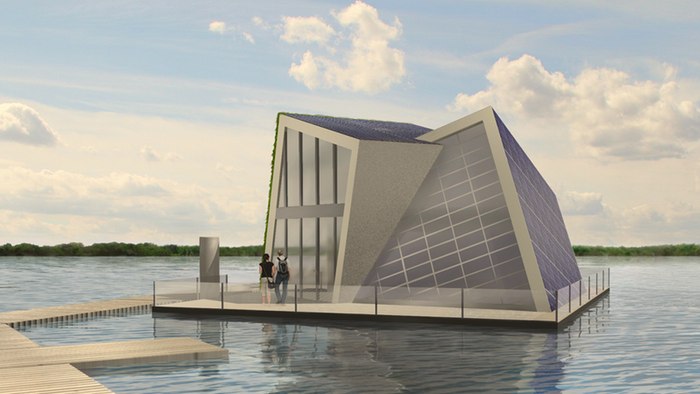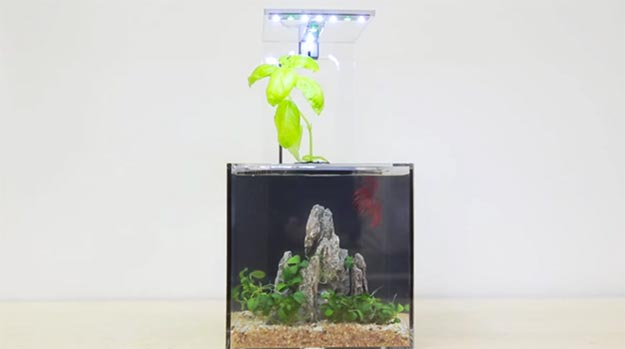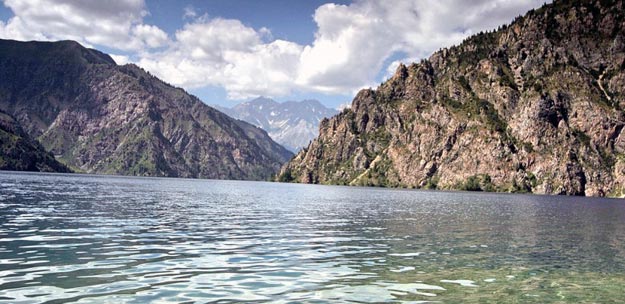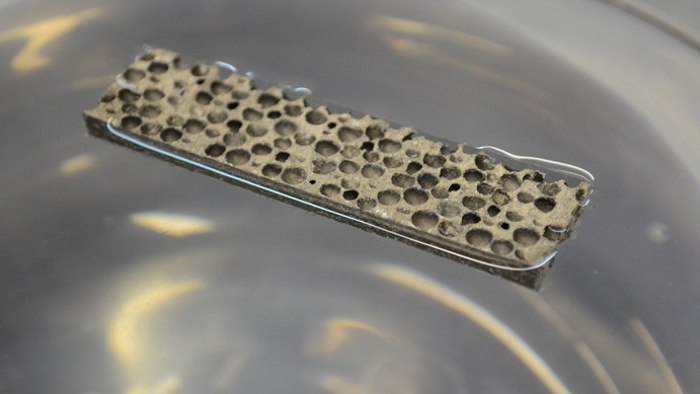Living on a houseboat may seem very romantic, but the day-to-day misery of hauling water from shore and listening to the thump of the generator can soon take the icing off the cupcake. As a glimpse into what could be the future of aquatic living, two Fraunhofer Institutes and their partners are working on a self-sufficient floating home that creates its own water, electricity, and heat without looking like a works barge.
 Housing shortages are a recurring problem in many parts of Europe and the canals of Amsterdam and London show that floating homes are hardly a new idea. But such residences must either be situated in the few places where power and water hook-ups are practical or find tenants who don’t mind living off the grid.
Housing shortages are a recurring problem in many parts of Europe and the canals of Amsterdam and London show that floating homes are hardly a new idea. But such residences must either be situated in the few places where power and water hook-ups are practical or find tenants who don’t mind living off the grid.
To make it feasible to live comfortably without being tied up to a pier, Fraunhofer and its associates have initiated the Lusation autartec project, which is aimed at a Germany that is looking more toward floating homes for both recreation and residency.
To this end, the Fraunhofer Institute for Transportation and Infrastructure Systems (IVI), the Fraunhofer Institute for Ceramic Technologies and Systems (IKTS), and industrial and academic partners are building a new floating home at Lake Geierswalde. The lake is situated northwest of Hoyerswerda in the Lusatian Lake District, which spans north-eastern Saxony and the southern Brandenburg. Lusatian is Europe’s largest artificial lake district with 23 lakes covering over 32,000 acres (13,000 ha) and the autartec project is aimed in part at boosting the economy of the former coal mining region.
The house
The idea behind the autartec project is to combine modern architecture and engineering with innovative energy efficiency technologies. The two-story house sits on a 13 x 13 m (43 x 43 ft) steel pontoon and resembles a sort of upmarket floating residence. There’s 75 sq m (807 sq ft) of space on the ground floor and 34 sq m (365 sq ft) on the first floor with a 15 sq m (161 sq ft) terrace running around the perimeter for when residents are in need of some fresh air.
The trick was to come up with energy solutions that could fit in the limited available space and are light enough not to sink the pontoon. This leaves out such solutions has installing heavy brick chimneys and relies on more compact solutions, such as solar cells built right into the structure to charge lithium polymer batteries tucked away inside the stairs and the textile concrete walls.
For heating and cooling, the engineers are installing a fireplace that uses a supersaturated solution of salt hydrates to soak up heat from the flames. According to Fraunhofer, as the solution heats in a tub installed over the fire, it liquefies and holds in the heat almost indefinitely. Then, like a chemical hand warmer, inducing the solution to crystallize through radio-based technology releases the heat on command. The fireplace heater is backed up by a zeolith thermal storage unit stored in the pontoon. In the summertime, the zeolith minerals dry out and circulating moist air through the pontoons in the winter causes an exothermic reaction that releases further heat.
In addition, Fraunhofer says that the floating home will include an adiabatic cooling system. This is a system that doesn’t require electricity and relies on the principle of evaporative cooling, whereby a surface on the side of the house is moistened and draws heat out of the building as the moisture evaporates.
Not only is Fraunhofer working to make the home self-sufficient in energy, but also in water by means of a closed loop system. Since a biological reprocessing plant would be too heavy, the engineers are opting for one based on ceramics, photocatalysis, electrochemistry, and filtration that can be fitted into a small area in the pontoons, yet will be robust enough to handle constant wear.
Fraunhofer says that the new high-tech floating home is scheduled for completion in 2017.
Source: http://www.gizmag.com/
Dear User/Visitor! Please, answer on our questions: tick off one of the positions – your answer will make us able to improve our site and make it more interesting and useful!

Loading ...

Loading ...
 Fish tanks are generally fairly similar to one another, but this one stands out because it reportedly requires no cleaning. This is thanks to aquaponics – a symbiotic setup involving fish and plants – which creates a constant flow of clean water that leaves the tank waste-free. It actually uses fish waste to grow a plant on top of it, which sounds odd, but promises to be quite effective. Read more
Fish tanks are generally fairly similar to one another, but this one stands out because it reportedly requires no cleaning. This is thanks to aquaponics – a symbiotic setup involving fish and plants – which creates a constant flow of clean water that leaves the tank waste-free. It actually uses fish waste to grow a plant on top of it, which sounds odd, but promises to be quite effective. Read more










